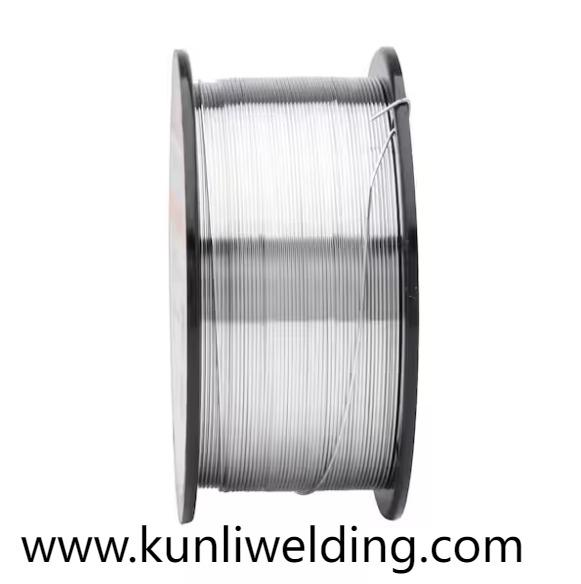Ball Screw Market Size Forecast and Market Dynamics
The Ball Screw Market Size is expected to grow significantly due to the increasing demand for automation in various sectors. The market is driven by advancements in technology and the need for more efficient and precise linear motion solutions across industries such as manufacturing, aerospace, and robotics.
The Ball Screw Market is witnessing strong growth due to increasing automation, precision engineering, and demand for high-performance mechanical motion solutions. Ball screws are mechanical devices that convert rotary motion into linear motion with minimal friction and high accuracy. They are extensively used in CNC machinery, robotics, aerospace, automotive manufacturing, and medical equipment. The market’s expansion is fueled by the growing need for energy-efficient, low-maintenance, and precise motion control systems across industries.
Market Drivers and Opportunities
Rising industrial automation, increasing adoption of robotics, and the demand for precision machinery are primary drivers of the ball screw market. The automotive and aerospace sectors are leveraging ball screws for improved performance, reliability, and reduced operational costs. Technological advancements in materials, coatings, and lubrication systems have enhanced the durability and efficiency of ball screws. Additionally, the rising focus on smart factories and Industry 4.0 initiatives is creating opportunities for advanced ball screw systems integrated with sensors and real-time monitoring capabilities.
Technological Developments
Modern ball screws are being developed with high-precision manufacturing techniques, low-friction materials, and advanced coatings to minimize wear and extend operational life. Integration with smart technologies, including sensors for position feedback and predictive maintenance, is becoming increasingly common. Advanced lubrication solutions, including self-lubricating and eco-friendly lubricants, further improve performance and reduce maintenance requirements. Manufacturers are also focusing on custom solutions tailored to specific industrial applications, enhancing the adoption of ball screws in specialized machinery.
Regional Insights
Asia-Pacific dominates the global ball screw market, driven by rapid industrialization, increased robotics adoption, and the presence of major manufacturing hubs in China, Japan, and India. North America and Europe maintain a stable market, primarily due to aerospace, automotive, and precision manufacturing industries. Emerging markets in Latin America and the Middle East & Africa are expected to witness growing demand due to infrastructure projects, industrial automation, and the expansion of manufacturing facilities.
Competitive Landscape
The market is highly competitive, with key players focusing on technological innovation, strategic partnerships, and product customization. Companies are enhancing their market presence by offering high-precision solutions, energy-efficient designs, and integrated smart systems. Mergers, acquisitions, and collaborations with industrial equipment manufacturers allow players to expand their product portfolios and strengthen global market reach.
Future Outlook
The ball screw market is expected to experience robust growth in the coming years. Increasing automation, advancements in materials and design, and demand for precision motion solutions will continue to drive market expansion. The integration of smart technologies and Industry 4.0 initiatives will further enhance the functionality, efficiency, and adoption of ball screws worldwide.
FAQs
Q1: What are the primary applications of ball screws?
A1: Ball screws are used in CNC machinery, robotics, aerospace, automotive, and medical equipment for precise linear motion control.
Q2: How do ball screws improve industrial performance?
A2: They reduce friction, increase accuracy, enhance durability, and enable energy-efficient motion control.
Q3: Can ball screws be customized for specific applications?
A3: Yes, ball screws can be tailored in size, material, pitch, and design to meet industry-specific requirements.
More Related Reports:






